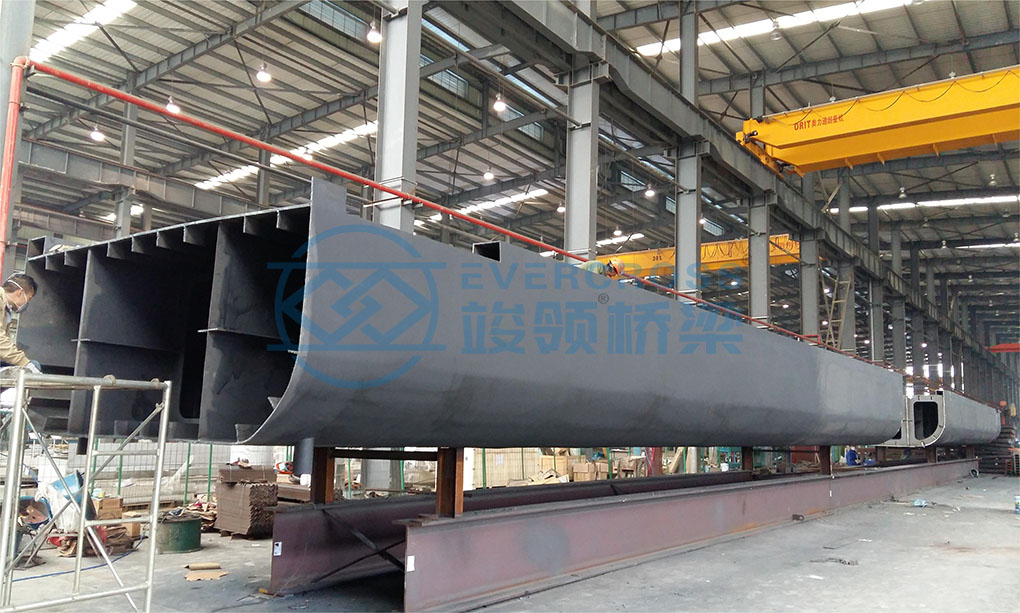Steel Structure Bridge
Steel structure bridges are bridges that primarily use steel as their structural material. Due to their excellent strength, toughness, and durability, they are widely used in various transportation and industrial fields. Relying on the high strength and lightweight characteristics of steel, steel structure bridges can effectively bear heavy loads, while also having long spans and high stability.
The basic components of steel structure bridges include steel beams, steel columns, steel trusses, and steel arches, among others. Common types of steel structure bridges are steel beam bridges, steel truss bridges, and steel arch bridges. The design and construction of these bridges require consideration of many factors, including load distribution, bridge span, wind load, and natural factors such as earthquakes.

The advantages of steel structure bridges are mainly reflected in the following aspects:
High strength and low self-weight: Steel has extremely high tensile and compressive strength. Compared to concrete bridges, steel structure bridges are lighter in weight under the same load conditions.
Short construction period: The prefabrication and assembly process of steel structure bridges is relatively rapid, which can greatly shorten the construction period.
Good toughness and adaptability: Steel has good toughness and ductility, which allows it to maintain a certain stability when encountering extreme weather or earthquakes.
Maintenance and inspection are convenient: Maintenance and inspection of steel structure bridges are relatively simple, as damage and corrosion of steel can be managed through surface treatment and regular inspections.
However, steel structure bridges also have some disadvantages, such as being susceptible to corrosion and having higher initial costs. To improve durability and reduce maintenance costs, steel structure bridges are usually treated with anti-corrosion measures, such as applying anti-corrosion coatings or using corrosion-resistant alloy steel.
In practical applications, steel structure bridges play a significant role in urban transportation, railway transportation, and projects spanning large rivers and seas. For example, the famous Tower Bridge in London and the Yangtze River Bridge in Shanghai are both classic examples of steel structure bridges, which fully demonstrate the advantages and unique aesthetic appeal of steel structure bridges in their design.
Parameters | Range of values | Explanation |
Span | 20m - 2000m | Single-span span, determined by design requirements and material constraints. |
Load type | Static load, dynamic load, wind load, etc. | Steel structure bridges need to be designed to withstand various types of loads. |
Bridge width | 5m - 30m | Determined by the bridge's functional use and the number of lanes. |
Material Strength | 250 MPa - 690 MPa | The tensile strength of steel, commonly using high-strength steel to improve performance. |
Construction period | 6 months - 2 years | The time from design to completion is influenced by the scale and complexity of the project. |
Preservation treatment | Spray anti-corrosion coating, hot-dip galvanizing | Common anti-corrosion treatment methods for steel structure bridges |
Maintenance frequency | Every 5 years - Every 10 years | Recommended frequency for regular checks and maintenance |
Steel structure bridges have become an indispensable and important part of modern bridge engineering due to their excellent performance and flexible design capabilities.

Quality Steel Bailey Bridge & Modular Steel Bridge factory from China (steelbailey-bridge.com)







 Certified
Certified


